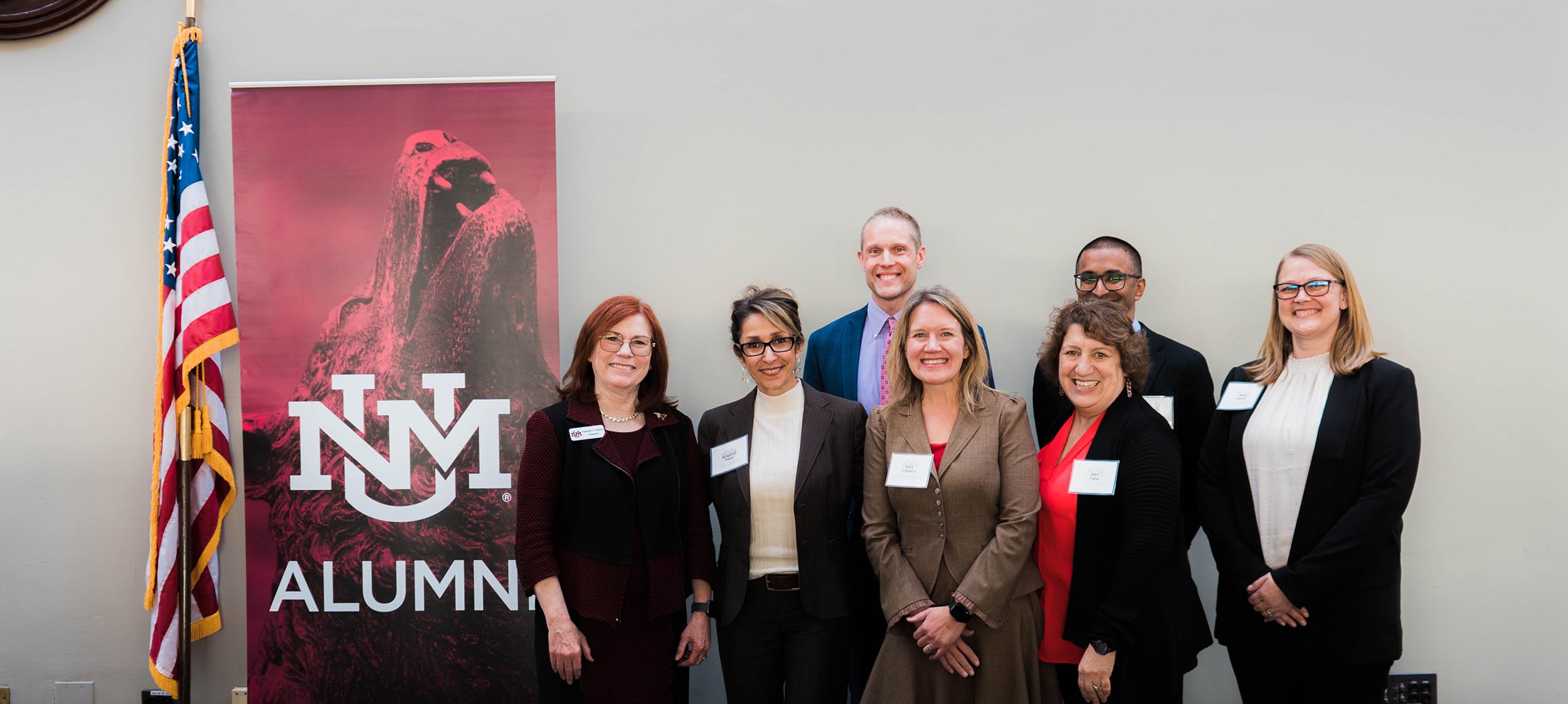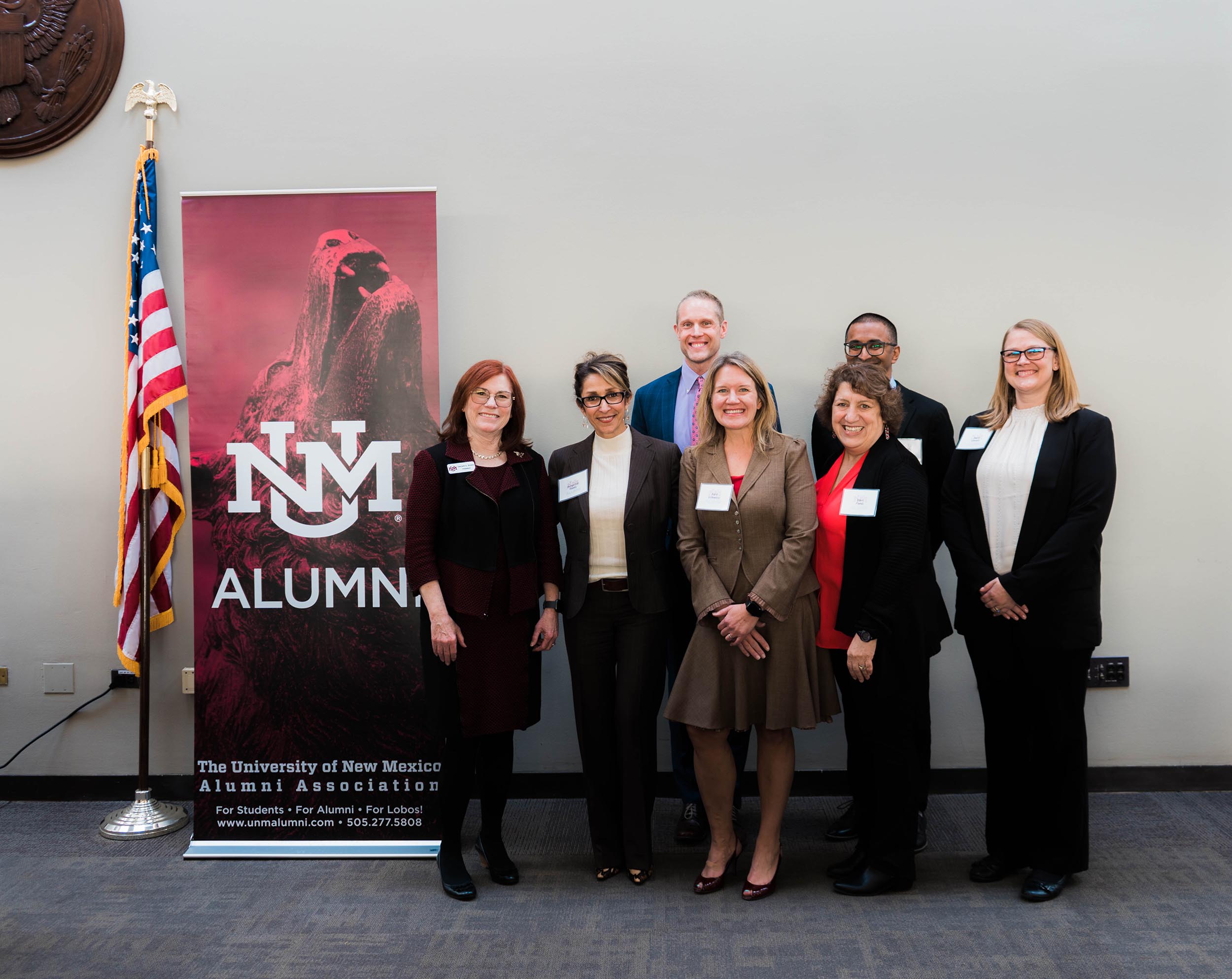Hugging and swaddling opioid-exposed newborns can reduce their hospital stays by almost a week, compared to older, drug-based methods, according to new research published by University of New Mexico researchers.
For years, clinicians have known that babies exposed to opioids in the womb were at risk of developing neonatal opioid withdrawal syndrome (NOWS), distressing them to the point of excessive crying, tremors and, in severe cases, even seizures.
Hospitals have used widely different approaches to care and, until now, the understanding of long-term consequences of administering opioid-withdrawal medications to infants has been limited.
“These findings will be filling a huge gap,” said Jessie Maxwell, MD, an associate professor in the UNM Department of Pediatrics Division of Neonatology. “Opioid use is an epidemic across the country, and in New Mexico we now have a large population of pregnant individuals who use opioids of various types, resulting in the exposure to infants.
With this study, we’re finally going to be able to create standardization of care for assessment following birth in this high-risk population
“With this study, we’re finally going to be able to create standardization of care for assessment following birth in this high-risk population.”
In a study published April 30 in The New England Journal of Medicine, a team of researchers found that the “Eat, Sleep, Console (ESC)” care approach was more effective than subjective scoring approaches for treating opioid-exposed infants.
“This study is the first time that we’re coming together nationally to be able to figure out the best care approach for these infants,” Maxwell said.
Hospitals typically evaluate newborns with NOWS using a rigorous assessment called the Finnegan Neonatal Abstinence Scoring Tool (FNAST), which rates symptoms of opioid withdrawal in more than 20 areas.
Researchers have raised concerns about the tool’s subjectivity and overestimation of the need for opioid-withdrawal medication, including methadone and morphine. “FNAST doesn’t allow for wiggle room and clinical judgement, and so clinicians would often start pharmacologic treatment as soon as that critical limit was hit,” Maxwell said.
Alternatively, she said, the ESC approach to care provides a function-based assessment of withdrawal severity centered around how well an infant can eat, sleep and be consoled. ESC then prioritizes family-centered care, including increased family presence, bonding, holding, swaddling and rocking in low-stimulus environments, as first-line treatment.
“The difference with this approach compared to FNAST is that it tries to optimize the non-pharmacological interventions as much as we possibly can,” Maxwell said. “We focus on having the baby swaddled, mom holding the baby and being really involved with care.”
If the newborn is not able to eat, sleep or be consoled, only then will medication be administered, weaning the infant from the opioid dependency.
“We want to do all possible interventions to minimize any issues with the baby before opting for medication,” she added.
The National Institutes of Health-funded study followed 1,305 infants across 26 U.S. hospitals, including UNM Hospital. It found that newborns cared for with the ESC approach were medically ready for discharge approximately 6.7 days earlier and were 63% less likely to receive drug therapy, compared to newborns cared for under the FNAST approach. Safety outcomes at three months were similar between both groups.
“This means we can decrease the length of stay at the hospital and we can decrease the amount of exposure to pharmacological treatment,” Maxwell said.
She added that lowering the need for medication intervention will also reduce the high prevalence of transporting those infants to major centers, as smaller hospitals don’t typically have the capability to provide opioid-withdrawal drugs to newborns.
“Instead, with the ESC approach, the babies can stay in their community with their family, which is so important for bonding,” Maxwell said. “As we get these results, we want to be able to disseminate this information across the state, so we can be sure that infants born in more rural areas can get the best medical care possible.”
A two-year follow-up study of a subset of the infants is ongoing. This follow-up is critical to further inform the safety of the ESC care approach, Maxwell said.
“That’s a major piece we don’t have to this puzzle right now,” she added. “It’s critically important to get more information about development so we can better support this population.”
UNM’s portion of the study was a collaboration between the IDeA State Pediatric Clinical Trial Network (principal investigators: Hengameh Raissy, PharmD, and Alberta Kong, MD, MPH) and the Neonatology Research Network (PI: Janell Fuller). The nationwide clinical trial was funded by the Helping to End Addiction Long-term Initiative. Maxwell was the study site PI for New Mexico.
Maxwell thanked UNM collaborators who helped with the study: Larry Leeman, MD, MPH, and Katie McCalmont MD, in the Department of Family & Community Medicine, Heather Pratt-Chavez, MD, Sofia Markee, DO, and Nicole Urrea, MD, in the Department of Pediatrics, Samantha Schmaltz, RN, mother-baby unit nursing director at UNM Hospital, nursing educators Dana Condrey, RN, and Lindsey Hall, RN, and Maribeth Thornton, UNM Hospital’s associate chief nursing officer.
“They all supported this initiative and helped get it off the ground,” Maxwell said. “It was a huge, huge lift, so we certainly want to acknowledge them.”
The study’s results were briefly presented April 18 at a UNM alumni event in Washington, D.C. Its impact was “appreciated by the congressional delegation,” said Raissy, who also serves as interim Vice President of Research, Health Sciences.
“The next step is implementation and dissemination of ESC in the other hospitals in New Mexico,” Raissy said. “We could not be more pleased with the result and its impact. This is the result of a great team effort and collaboration at UNM and nationally. We are looking forward to the next steps.”

